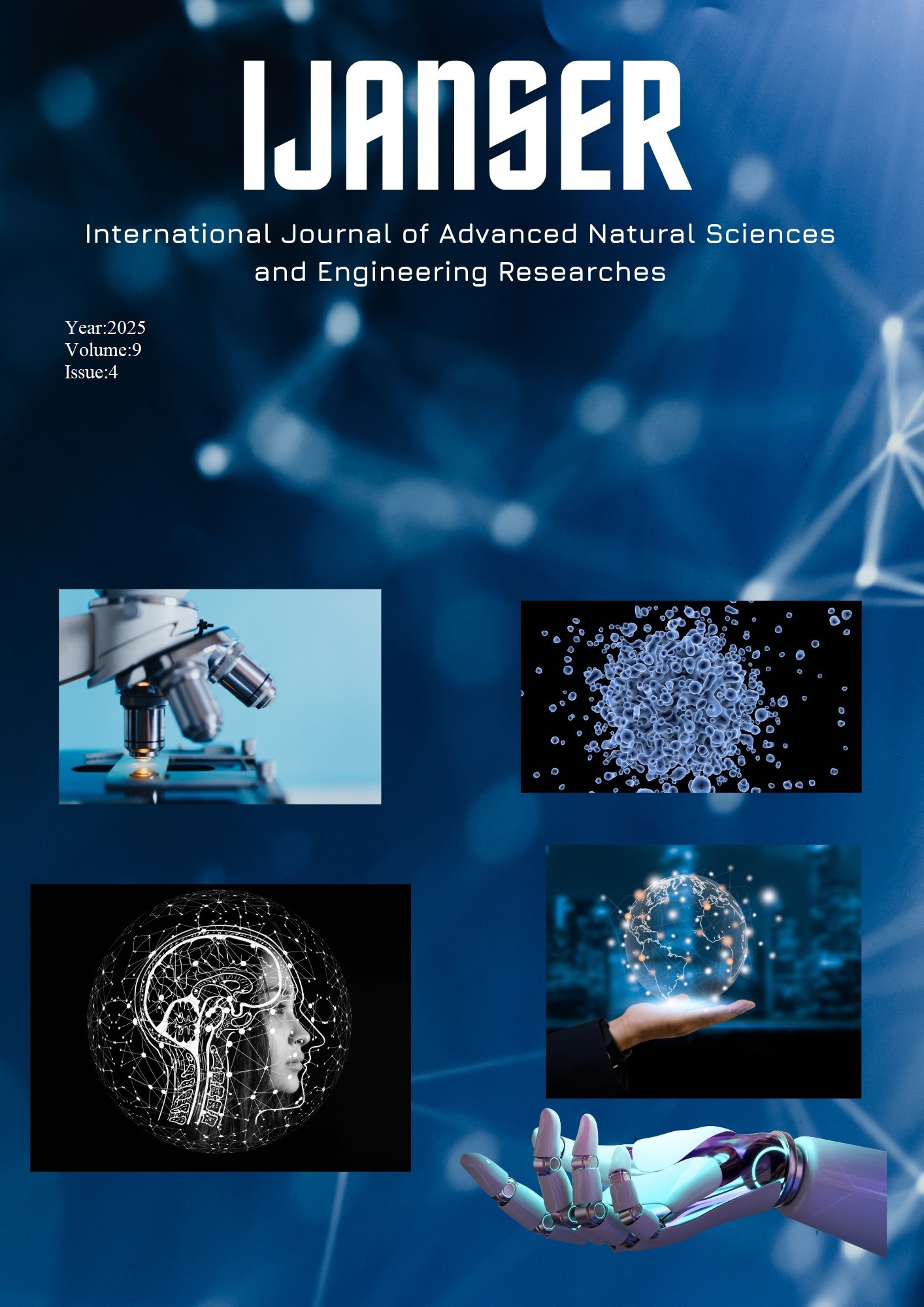Life Cycle Assessment and Life Cycle Cost Analysis of Pavement Design in Pakistan
Keywords:
GHGs, Traffic Volume, Sustainability, Cost Effective, LCA, LCCCAAbstract
Roads are vital to societal development but require significant materials and energy, resulting in
environmental and economic concerns. In Pakistan, road infrastructure planning often prioritizes cost while
neglecting environmental impacts. This research integrates Life Cycle Assessment (LCA) and Life Cycle Cost
Analysis (LCCA) to evaluate the dual effects of traffic on road infrastructure, focusing on greenhouse gas
(GHG) emissions and pavement costs. Analysis of traffic volume and emissions monitoring highlights a
significant rise in GHG emissions with increasing traffic, emphasizing the environmental burden of existing
practices. LCCA results indicate that rigid pavements are more cost-effective over their life cycle compared to
flexible pavements, considering construction, maintenance, and rehabilitation costs. By addressing the gap in
Pakistan’s road infrastructure policies, this work advocates for strategies that balance ecological sustainability
with economic efficiency, offering insights into long-term, environmentally responsible development.
Downloads
References
Hoxha, E., Vignisdóttir, H. R., Barbieri, D. M., Wang, F., Bohne, R. A., Kristensen, T., & Passer, A. (2021). Life cycle assessment of roads: Exploring research trends and harmonization challenges. Science of the Total Environment, 759, 143506.
Chiu, C., Hsu, T., & Yang, W. (2008). Life cycle assessment on using recycled materials for rehabilitating asphalt pavements. Resources, Conservation and Recycling, 52(3), 545–556.
Qiao, Y., Wang, Z., Meng, F., Parry, T., Cullen, J. M., & Liu, S. (2022). Evaluating the economic and environmental impacts of road pavement using an integrated local sensitivity model. Journal of Cleaner Production, 371, 133615.
Vidal, R., Moliner, E., Martínez, G., & Rubio, M. C. (2013). Life cycle assessment of hot mix asphalt and zeolite-based warm mix asphalt with reclaimed asphalt pavement. Resources, Conservation and Recycling, 74, 101–114.
Batouli, M., Bienvenu, M., & Mostafavi, A. (2017). Putting sustainability theory into roadway design practice: Implementation of LCA and LCCA analysis for pavement type selection in real world decision making. Transportation Research Part D: Transport and Environment, 52, 289–302.
Pakistan Transport Plan Study in the Islamic Republic of Pakistan.
Hafeez I, Riaz K, Hussain J, Faisal M, Farooqi U, Hussain S, Khitab A, Naveed M, Hayat A. A field study of environment degradation during road construction and its improvement due to sprinkling of water. Life Sci J 2013;10(12s):888-893. (ISSN:1097-8135).
Adanikin, A., Falade, F., Olutaiwo, A., Ajibade, T., & Adeoye, I. (2021). Life-Cycle Cost Analysis (LCCA) comparison of pavements (Flexible, rigid and rigid-admixed with cow bone ASH). Journal of Engineering and Technology for Industrial Applications, 7(30).





